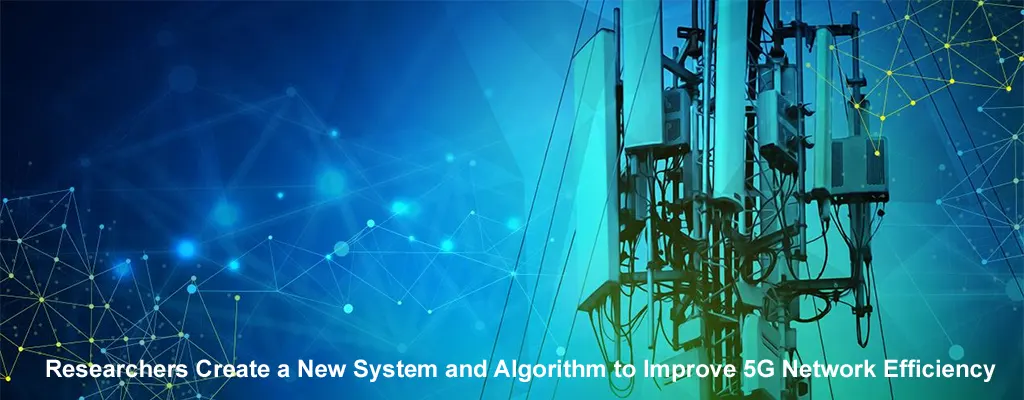
University of California Electrical Ingeniery San Diego has blended the best technologies with an ultra-fast but stable 5G connectivity. Researchers will showcase their work at the ACM SIGCOMM 2021 conference.
The technology provides a method to address an impediment by making the 5G high band practicable for the everyday user. The rapid wireless transmissions, known as millimeter waves, cannot be transported far and are easily obstructed by walls, trees, humans, and other obstacles.
Existing 5G technologies transmit data by transmitting, for instance, a laser-like millimeter-wave beam between a base station and a receiver. The problem comes when anything or anyone stops the beam path, which disables the connection totally.
“Consumers of existing 5G cell phones might have had any compromise: attractive download speeds with a very limited spot coverage, or large and reliable coverage at speeds that do not reach the speed of existing 4G cell phone networks.“
Dinesh Bharadia and his colleagues at the UC San Diego Center for Wireless Communications came up with a clever approach. It proposes splitting a laser-like millimeter-wave beam into numerous laser-like beams, with each beam taking a different path to the base station’s receiver.
When there is a barrier in the path, the idea is to increase the chances that at least one beam reaches the receiver.
The researchers created a system and tested it inside an office and outside a university building. The system provided a high-speed connection (up to 800 Mbps) with 100 percent dependability, suggesting that the signal did not drop or weaken when the user moved around obstacles such as walls, desks, and outdoor sculptures. In outdoor tests, the technology provided connectivity up to 80 m away.
































